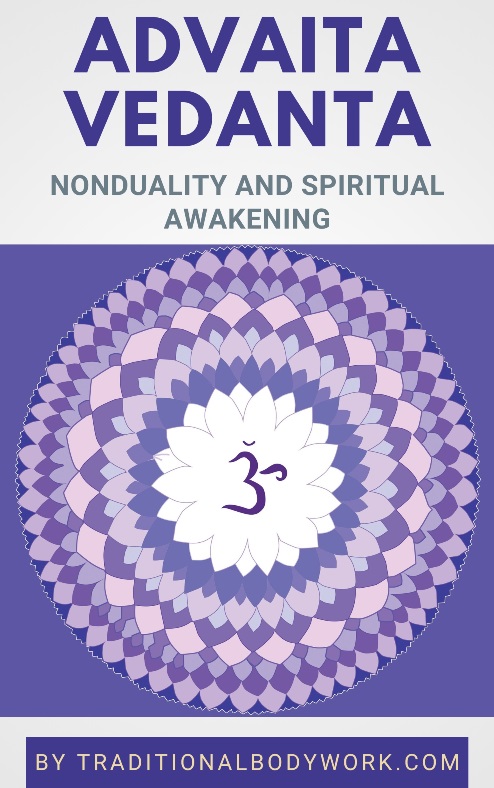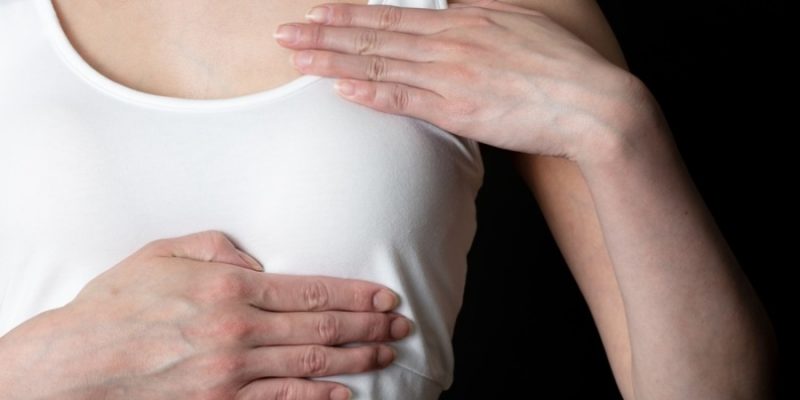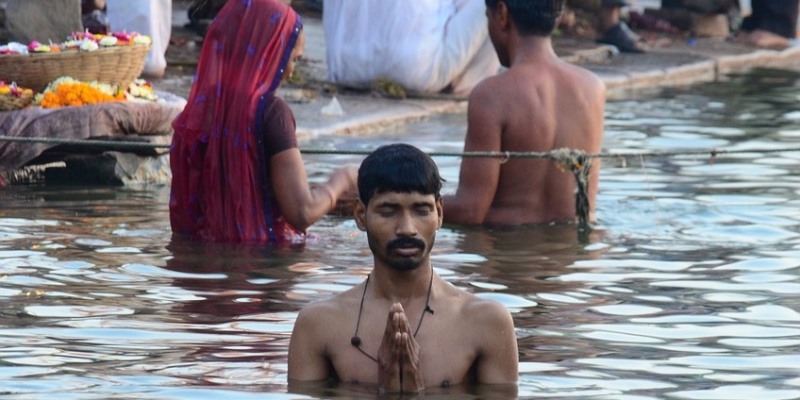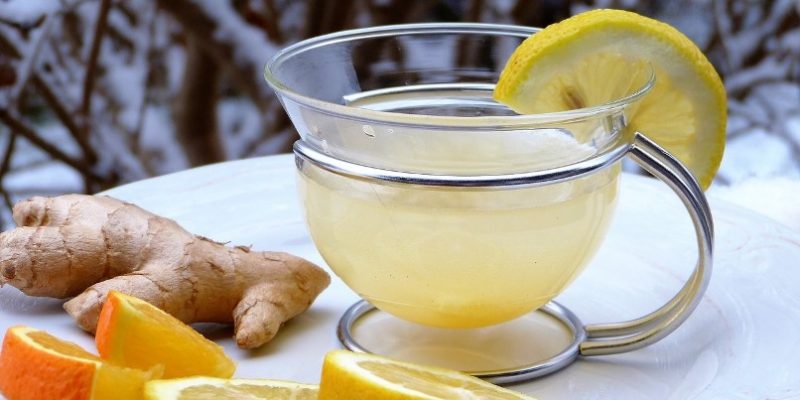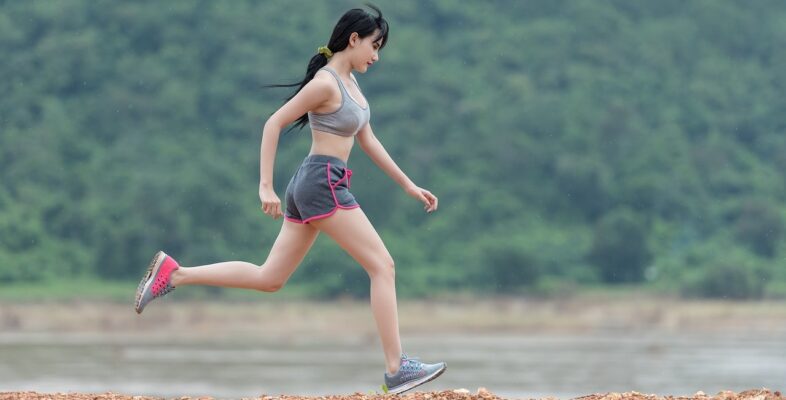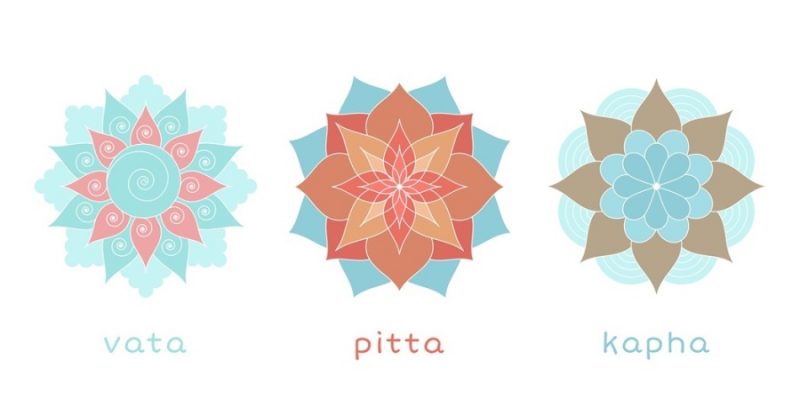
The Dinacharya early morning routine starts with waking up early, before sunrise, to reap the serene qualities of nature which are still in their Satvic (peaceful) aspect ruled by Vata Dosha. Yet, there are preferred times to wake up depending on your Dosha type. As such, depending on the latter, the morning routine will take place somewhere between 4:00 a.m. and 10:00 a.m.

A general guideline is that Vata people should get up around 6:00 a.m., Pitta people at 5:30 a.m., and Kapha people around 4:30 a.m.
In any case, the first thing to do is to become fully and lovingly aware of your body by scanning and checking your various body parts. Additionally, you can pray (if you’re into that, of course), take a moment of silence, or meditate briefly before heading on to the next activities, which include cleaning the face, mouth, teeth, tongue, throat, ears and eyes. A light Facial Massage may also be carried out.
After the above, you should also try to urinate and poop, that is, evacuate. Of course, you may have done this already if the body has asked for it in an earlier stage. A gentle Abdominal Massage may help with the latter if you have some difficulties with emptying the bowels.
Evacuation of the bowels and bladder should always be done when the urge is felt, and the urge should not be suppressed. On the other hand, evacuation of the bowels should not be done forcefully; otherwise it can cause hemorrhoids, rectal prolapse, and anal fissures.

A special Ayurvedic activity for the mouth, throat and teeth is Oil Pulling. This includes two activities: holding oil or another herbal liquid in the mouth for about five to ten minutes and swishing or gargling oil in the mouth for about maximum five minutes. The aim is to achieve oral health and hygiene. Additionally, you should brush and floss the teeth (traditionally with herbal twigs or herbal tooth powders) and massage the gums with, for instance, Sesame oil.
Tongue Scraping is also a common morning practice in India, and involves scraping toxins and residue off of the tongue to eliminate bad breath and activate better taste ability.
The ears can be taken care of with Karna Purana, which consists of oiling and massaging the ears. The nose should be treated with Nasya Oleation and/or the Neti Pot Nasal Wash.
Of course, we shouldn’t forget the eyes, for which there are two types of treatments available: Anjana Kriya and Netra Prakshalana.
After the cleansing and elimination stage, it’s time for your first nutrition, which is typically a glass of lukewarm water, or water of room temperature. This washes the gastrointestinal tract, flushes the kidneys, and stimulates the intestines (it’s quite possible that it’s only now that you will be able to empty your bowels and bladder). Many people enhance this practice by squeezing a bit of fresh lemon juice in their water.
It’s then time to give yourself a massage. Abhyanga is the most common type of massage in India, and is a full body massage with warm herbal oils. Although it is often given by a therapist or masseur, a daily routine of giving yourself a brief Abhyanga Self-Massage (for scalp and body) is advised. This needn’t take more than about fifteen minutes. An alternative massage treatment prescribed for Dinacharya is the Udvartana Powder Massage.

The oil you apply for massage should be chosen according to your Dosha type. For instance, Vata types can use Sesame Oil, Pitta types can opt for Coconut Oil, those with Kapha personalities can use Sunflower or Mustard Oil. These are, of course, just examples; you can choose any other oil that matches your Dosha type.
The massage can be followed by doing some Yoga or other appropriate exercises to increase circulation and balance, and improve flexibility and strength for both body and mind. This can be completed with Pranayama Breathwork, and perhaps a little stretch of meditation.
It’s then time to bathe (Snana), which, by the way, in some Dinacharya morning routines is described as being performed before doing Yoga. In any case, bathing is cleansing and refreshing, and brings energy to the body and clarity to the mind. After that, you’re of course ready to get dressed.
And finally, to seal off the morning routine, a light, but nutritive breakfast can be taken. Morning meals should be preferably light in the hot months, and somewhat more substantial in the cold ones.


